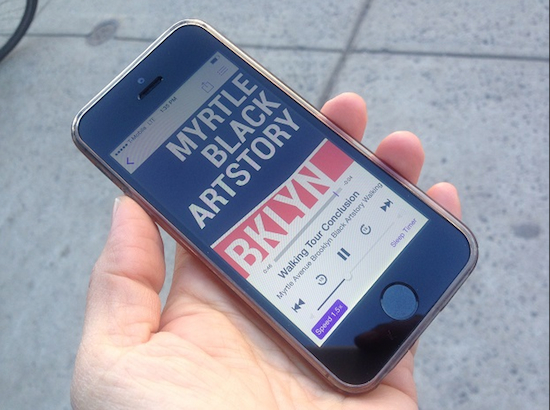Myrtle Ave. Brooklyn Partnership creates ‘Audio Tour of Black Art History’

Photo courtesy of Myrtle Avenue Brooklyn Partnership
The Myrtle Avenue Brooklyn Partnership has created a self-guided “Audio Tour of Black Art History,” now available on iTunes and on myrtleaveue.org/black-artstory-tour/.
The tour, available as a podcast with seven “episodes,” can be enjoyed from home or with a self-guided walk through the Fort Greene area. The eight artists featured on the tour represent different eras – from the Civil War through the 1990s – and a range of artistic fields, from photography to music.
Stops along the tour include some of the artists’ former homes (not open to the public), as well as local landmarks such as BLDG 92 at the Brooklyn Navy Yard, Fort Greene Park and Pratt Institute.
